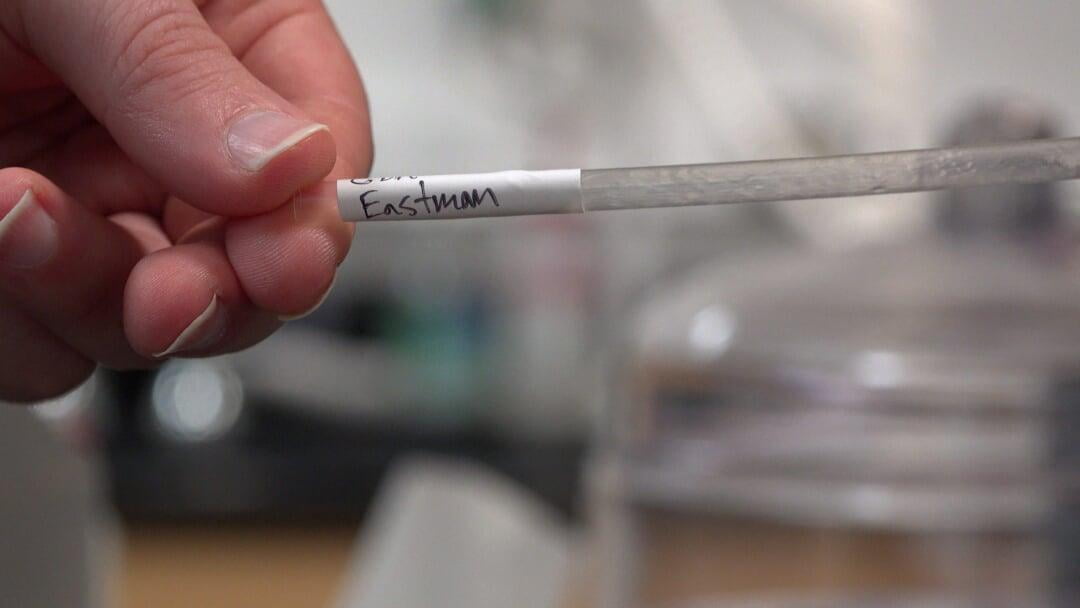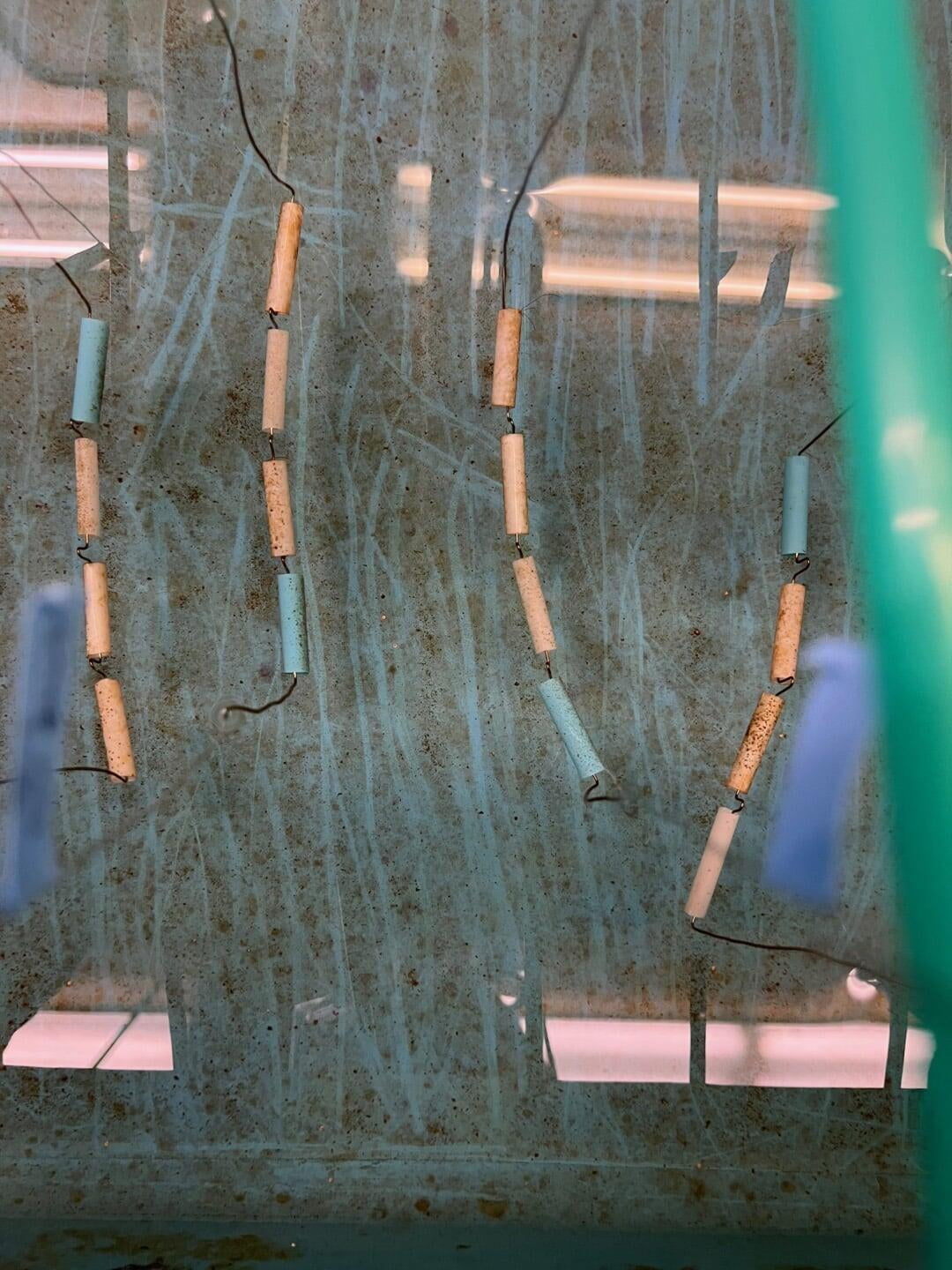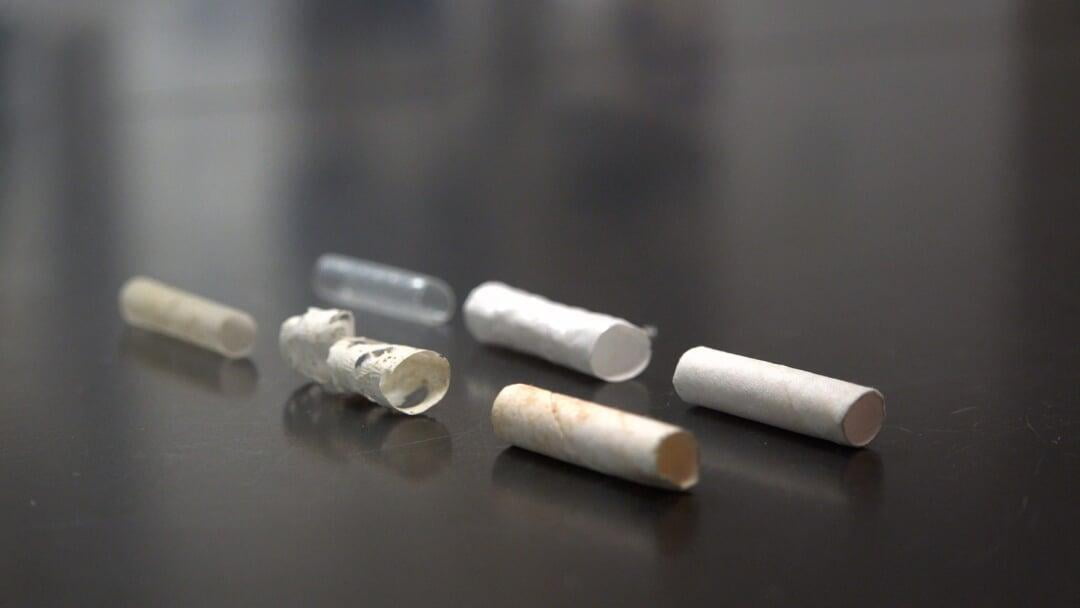Scientists from the Woods Hole Oceanographic Institution (WHOI) in the United States have found that changing the surface area of a product, rather than just the materials used to make it, affects the rate at which it biodegrades in seawater.
In response to plastic pollution, countries around the world have restricted the use of fossil-based polymers such as polypropylene (PP) in straws. These policies have led to a growing market for disposables made from paper or bioplastics.
In an effort to quantify the environmental lifespan of various plastics to determine how long straws can exist in the ocean, WHOI tested straws made of cellulose diacetate (CDA), polyhydroxy fatty acid esters (PHA), paper, PLA, and PP.

These straws are made from the prototype material cellulose acetate. New research shows that this material breaks down faster than paper in the environment when foamed.
As a result, they found that CDA, PHA and paper straws degraded by 50% within a few weeks of the straws being submerged in a tank of water, with an expected environmental lifetime of 10-20 months in the coastal ocean.PLA and PP straws showed no measurable signs of degradation.

The WHOI Environmental Systems Laboratory observed the degradation of straws made of different types of materials for 16 weeks. The tanks in which the straws were stored contained a steady stream of seawater from Martha's Vineyard Sound.
The scientists then compared two types of straws made from CDA - one solid and the other foamy, both from Eastman. The straw made from foamed CDA was a prototype used to see if increasing surface area would accelerate decomposition. They found that the foam straws degraded 184 percent faster than the solid straws, so the environmental lifetime is expected to be shorter than the paper straws.
Paper straws degrade quickly in the ocean, but can become soggy and detract from the experience, the researchers say. The CDA foam straw is unique in that it has a shorter life expectancy than a paper straw, but retains the properties of a plastic or bioplastic straw.

Different types of straws were washed by seawater for 16 consecutive weeks.
Jeff Kabeck, vice president of innovation at Eastman, said the study is valuable in providing straw manufacturers with informed and transparent data when choosing straw materials. More importantly, it provides assurance that CDA-based straws are not contributing to ongoing plastic pollution, while also demonstrating that straw manufacturers are committed to providing a sustainable product that reduces the risk to marine life.

